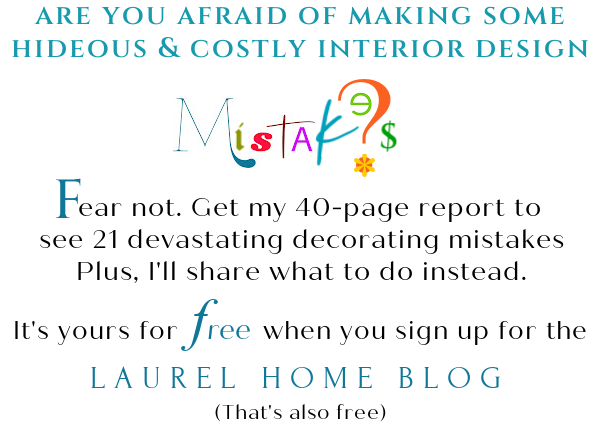I’m not going to beat around the Philodendron here.
The one interior design element that will elevate any room is…………………………….
architectural moulding.
In the US, we spell it moldings, but that reminds me of nasty stuff growing on the wall, and applied architectural moulding is anything but that!
Before I go any further, I have to take care of some legal stuff. This is a sponsored post by Metrie.

Metrie is a fabulous Canadian company that manufacturers, exquisite architectural mouldings, trim and doors. Please note that I only endorse excellent products that I would specify for clients and/or use for myself.
Some of you may recall that I’ve written about architectural mouldings before.
I started thinking why we love applied mouldings and trim in our interior designs. After much pondering and research, the answer came to me which I’m about to share.
Please hang on… We’re going to need to take a little trip back in time. I am going to give you the briefest history lesson– much of what I learned both in art history and interior design school. Don’t worry, I promise that you won’t be bored. :]
It’s about math.
All of life is math.
Going back some 2500 years ago, mathematical geniuses from the Ancient Greek Period, Pythagoras and Euclid understood the power of numbers. They wrote it down so that some of us could understand. They taught us about proportion and scale.
They deemed that the perfect proportion was a ratio of 1 – .618 or what is known as the golden ratio or golden mean
In the middle ages, Fibonacci expanded upon the golden mean with a mathematical spiral.

But dude didn’t exactly create this spiral out of a vacuum.
 The Golden Mean appears throughout nature, art, music— everything.
The Golden Mean appears throughout nature, art, music— everything.
For those purists out there. Let’s not get our togas in a twist if the ratio isn’t exact. Close is good enough


A section of an ionic capital.

The ancient Greeks followed by the ancient Romans were all about scale, proportion and organic forms
 Painting of the Pantheon by Panini in the 18th century
Painting of the Pantheon by Panini in the 18th century
The Pantheon designed circa 60 ad by Vitruvius and built after his death some 150 years later.

The Vitruvian Man by Leonardo Da Vinci. (you knew that, I bet)
The human form is also math and full of geometry and the golden mean.
 How cool is this latter-day riff by Lance Harding of the Vitruvian Man!
How cool is this latter-day riff by Lance Harding of the Vitruvian Man!
 Allegra Kent and Edward Villella in George Balanchine‘s Bugaku–Photo by Bert Stern
Allegra Kent and Edward Villella in George Balanchine‘s Bugaku–Photo by Bert Stern
Beauty is Beauty. Organic Curves, geometry and hot ballet dancers.

The Villa Rotonda by Renaissance architect Andrea Palladio
The European Renaissance era saw the rebirth of classicism with the neo-classical style. The brilliant architect, Palladio designed this purely classical building. Yeah… that Palladio–as in Palladian Window. And below, Fibonacci’s golden mean spiral superimposed on the plan view of La Rotonda

Oh man. Can you tell how much I love this stuff?
This is why when Metrie asked if I would write a post, I jumped at the chance to write about one of my favorite interior design elements.
But before I tell you more about Metrie, I need to finish up with our history lesson.
After the renaissance, classical design still reigned over all architecture throughout the Western World, including the USA.
And then in the mid-19th century came the industrial revolution.
It changed the way us humanoids think about everything.
And the change happened more rapidly than in any other point in history.
The 20th century brought further changes and design styles such as art deco and arts and crafts. All of these styles were the evolution of classical styling. The parallels happened in art, music and fashion as well. It’s always been like that. I’ve always thought that was so cool!
As time went on things got more and more pared down; down to the essence of what was necessary to be considered a dwelling.
Many architects were involved in these new “modern” movements. One of the most notable is the brilliant Ludwig Mies Van der Rohe who designed the iconic glass Farnsworth House in the mid-1940’s. There were no architraves or pediments. No crowns or cornices.
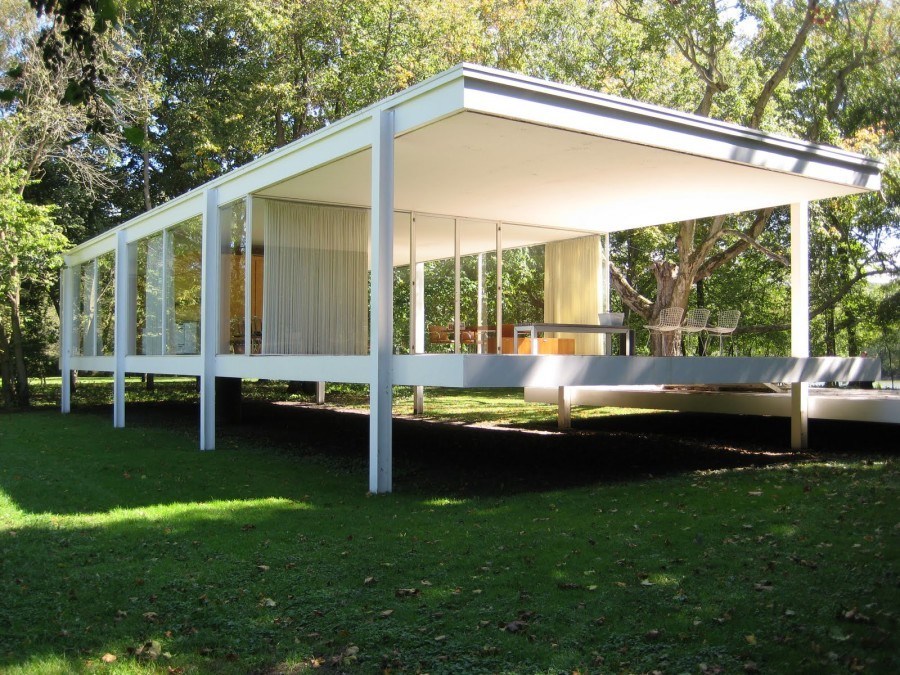
And yet, this classic has a simple, elegant beauty in its purest form.

Believe it or not, its proportions too, are very close to that of the golden mean!
But then… something happened. Something not-so-good.
the 70’s.
The elegant essence of Mies’ and other architect’s work became bastardized into something I find quite scary. I was alive then. I lived in a gold and avocado home just like everyone else and I thought it was pretty wonderful.
Young and dumb as they say.

What is that Laurel, the state penitentiary?
Close. It’s where some parents send their kids to college. The State University of New York (SUNY) in Purchase, NY. Been there many, many times for a variety of reasons. The irony is that it’s a college with a heavy bent towards the fine arts. Every time I pull up, all I can do is shake my head…
And then the 80’s; largely post-modern dreck. Poor Palladio. His phenomenally crafted design— hackneyed into some bastardized, grotesquely over-scaled arched monstrosity; not all the time, but far too often. Apparently many of these architects and builders never heard of the golden mean. Or they did and they were too arrogant and untalented (a lethal combo) to care.

no words.
*********
Thanks the Gods, Greek and otherwise, for the likes of Metrie who are perpetuating the classics as they were meant to be; but for our time.
You must check out their gorgeous website. There is the entire 89 year history of the company and detailed information about all of their products. What I’m about to present to you is only a tiny fraction of what’s available.
What I love most about Metrie is their perfect blend of the classical proportions of Palladio with the modern sleekness of Mies.
The other really cool thing is that Metrie specializes in five distinct styles:
There is a room planner. You begin with a plain shell of a room.

If you’re still not sure, they have a fun quiz which I took.

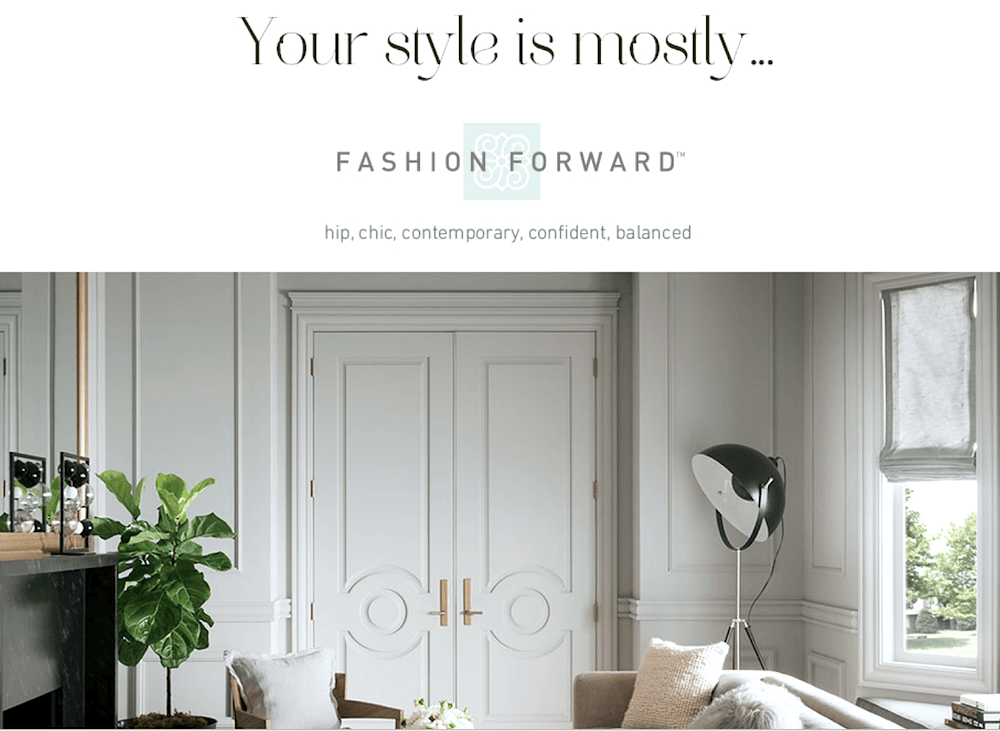
Yes! They got it right! (except maybe for “balanced” lol)
Oh, those doors!

I want these doors!

Some 20 years ago +/-, I was captivated and still am by this fabulous room by Victoria Hagan. She was helping her sis out with decorating. What drew me in the most were those amazing doors!

Sophie Burke is the designer for Metrie – Love the ceiling detail!
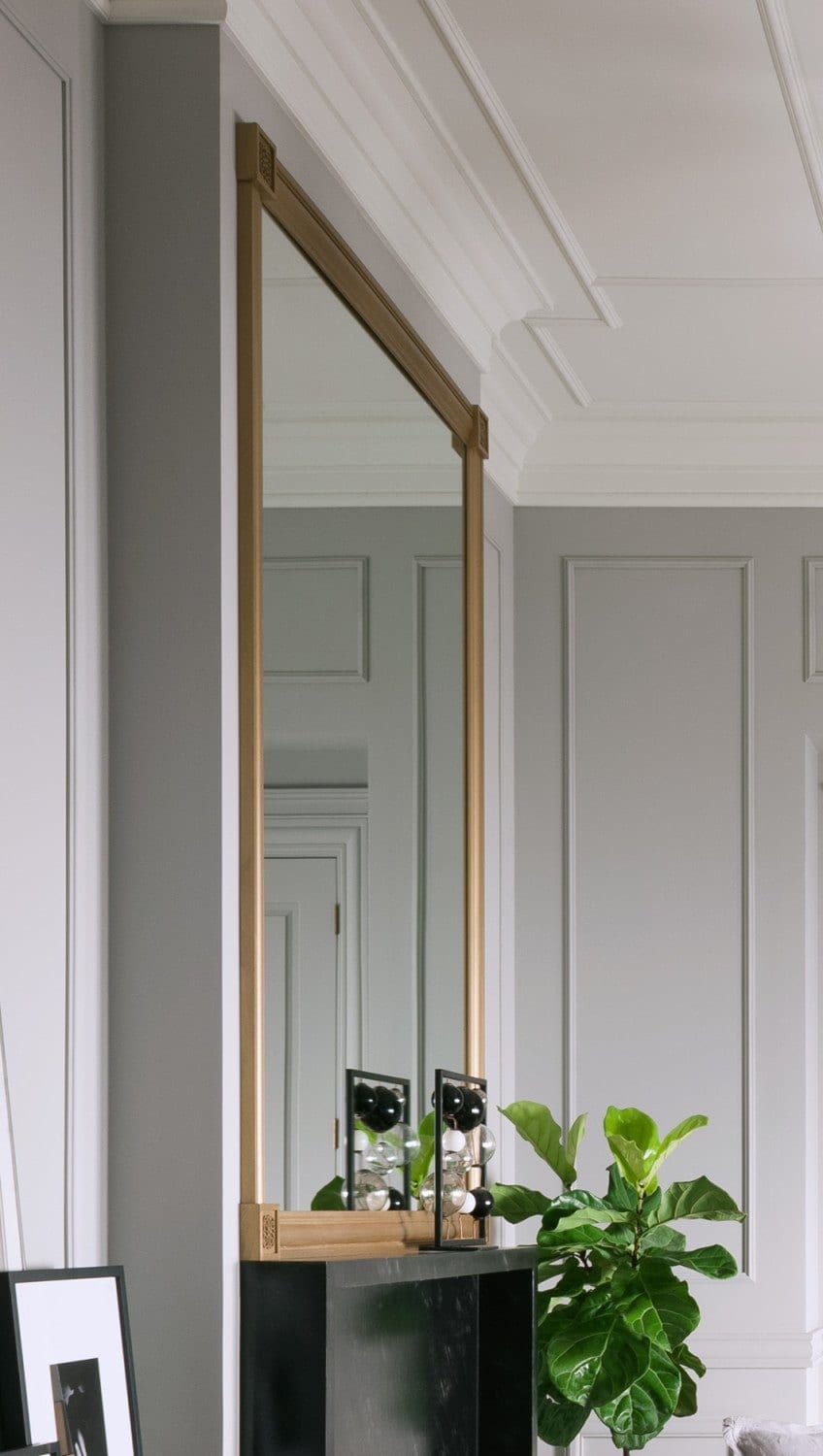
I mean I REALLY LOVE IT! I would give anything to have this kind of detail on my bedroom ceiling. These small applied mouldings are great for high ceilings. However, they’re really great for lower ceilings when one wants a coffered ceiling look that isn’t so heavy or going to lower the ceiling further.
In you’re interested, there’s a great tutorial by Nicole Gibbons on Metrie’s blog, “The Finished Space” about how to make this fabulous mirror from Metrie mouldings and a little paint.
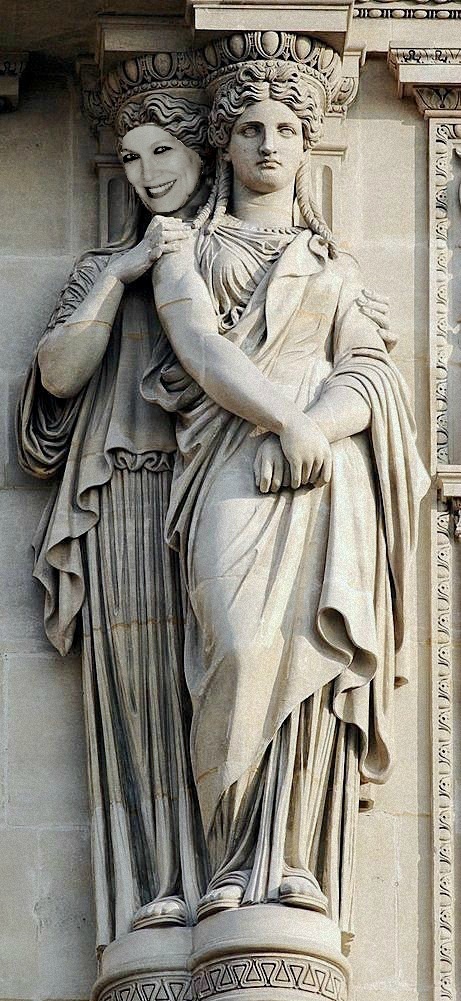
I have so enjoyed sharing this information regarding classical architecture and the wonderful company Metrie. By the way, they have stores all over Canada and the USA. Again, if you haven’t done so, please check Metrie out here.
xo,
![]()

Related Posts
 Plaster Ceiling Design + Architectural Mouldings
Plaster Ceiling Design + Architectural Mouldings Window treatment styles – How to select color, type, pattern
Window treatment styles – How to select color, type, pattern Freshen Your Home for the New Year {part III | wall paint!}
Freshen Your Home for the New Year {part III | wall paint!} Common Mistakes Folks Make With Their Small Kitchen
Common Mistakes Folks Make With Their Small Kitchen The Only Six White Paint Trim Colors You’ll Need
The Only Six White Paint Trim Colors You’ll Need 20 Stunning Lifestyle Instagram Feeds You Must Follow
20 Stunning Lifestyle Instagram Feeds You Must Follow 21 Interior Design Mistakes You Need To Stop Making
21 Interior Design Mistakes You Need To Stop Making





